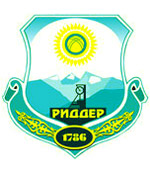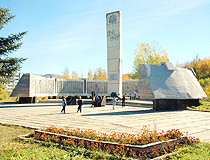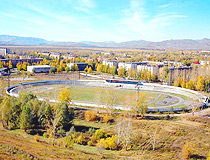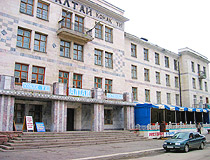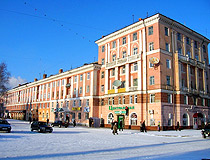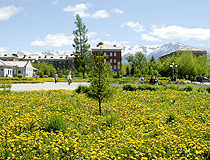Ridder overview
Ridder is a city located in East Kazakhstan oblast (region) of Kazakhstan standing on Ulba River at the foothills of Altay Mountains. Ridder city is the center of complex ores extraction and processing (4 complex ore mines, lead and zinc plants). Also there are woodworking and clothing factories in the city.
Ridder population is about 49,000 (2009).
Ridder phone code - +7 2336; postal code - 071300.
Ridder facts
Ridder is located in the north-east of Kazakhstan, at the foot of Ivanovsky chain, in the cavity between mountains at the height of 700-900 m above sea-level.
The climate of the area is of sharp continental type, in summer the temperature might be up to 35 degs C above zero, in winter - 41 degs C below zero. The rivers Gromatukha, Tikhaya, Bystrukha, Zhuravlikha and Philippovka flow into one, thus forming the river Ulba.
Leading industries of Ridder city are as follows: mining, non-ferrous, power engineering and food production. Ridder plays an important part in the economy of the oblast and Kazakhstan.
Ridder is the final point of European route E40 beginning at Calais, France.
Ridder views
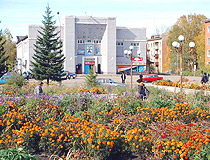
Ridder city view
Author: unknown
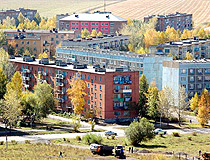
Ridder city, Kazakhstan view
Author: unknown
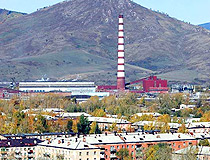
Ridder city general view
Author: unknown
Ridder history
Ridder is a small provincial town with interesting history. This area was inhabited in Stone Age as it is proved through some stone items found by archeologists.
The fact that Altai is rich in natural deposits was recalled during Empress’ Catherine II ruling. The history of Ridder city started in 1786 when 9 troops were sent to Altai to search natural deposits. One of the troops was headed by an officer Philip Ridder. On May 31st, 1786, he found a very rich deposit containing gold, silver and other metals.
The same year, in summer, the settlement was founded there and it was named Riddersky pit. This was how the city was founded. Unique ores of Riddersky deposit were marked by specialists of various levels and commissions. The deposit became known far beyond Russia. In 1850 Riddersky ores received the highest appreciation at London World Exhibition, in 1879 the samples were included into the museum collection of Stockholm Royal Technical Institute.
In early 20th century Rudder experienced a number of foreign concessions, revolution and Civil war. On January 1st, 1932, the settlement Riddersky became a town. Before World War II the town of Ridder was renamed into Leninogorsk.
During Soviet power industrial construction was growing in Leninogorsk. Several plants were constructed - lead plant was one of the first plants of non-ferrous industry in Kazakhstan, Leninogorsky cascade of hydro power stations was the only one in Kazakhstan and the second one in USSR. Also several mines and factories, zinc plant were built. The college of mining and metallurgy was opened.
During World War II Leninogorsk produced about 50% of high-quality lead in the whole USSR. In 2002 the city received its original name - Ridder.
Ridder streets
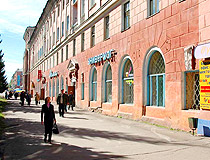
Ridder city street view
Author: unknown

Ridder city, Kazakhstan street
Author: unknown
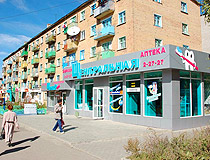
Ridder city street
Author: unknown
Ridder features
On the territory of Ridder there is Altaisky Botanic garden founded in 1935 by P.A.Yermakov. West-Altaisky State natural preserve is important in preserving the biological variety in the region. It was organized in 1992 and is located in the north-east of the oblast, at the boundary with Russian Federation. It occupies a part of Ridder territory.
The preserve reflects all the specific features of south-Siberian taiga. The preserve is one of the leading among 10 preserves in Kazakhstan.
The museum of history and local study is the institution preserving the rich history of Ridder. The museum possesses over 28,000 exhibits.
From June 25th to 29th, 2002, a Youth Information Forum “Euro Asia Ring” took place in Ridder. The President of Kazakhstan Republic Nazarbayev N.A. was the guest of the Forum and on June 28th he signed a decree on renaming the city Leninogorsk into Ridder.
From March 3rd till 9th, 2008, in the city there was the World Cup in ski orienteering, 13 teams from different countries took part in it.


